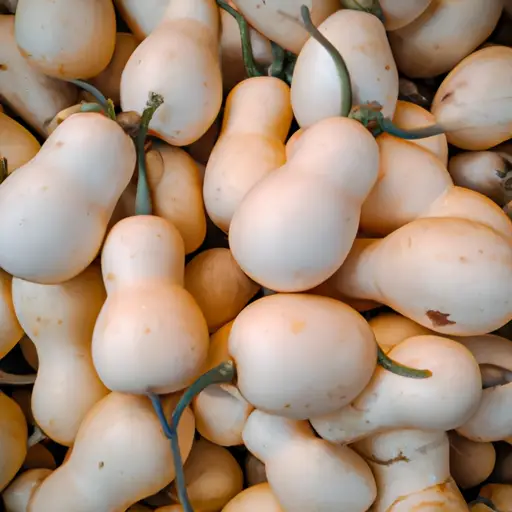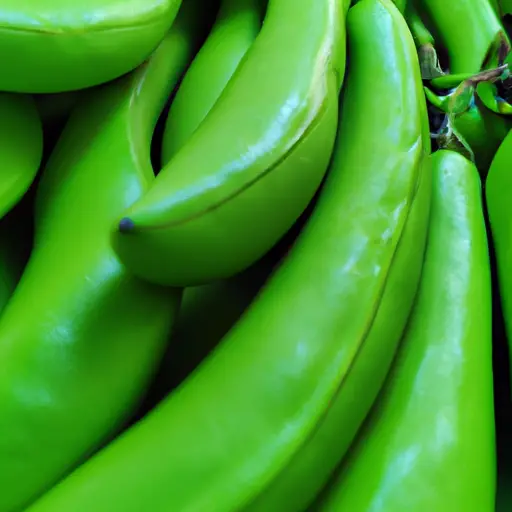Lesser-Known Fruits and Vegetables Worth Trying
When it comes to fruits and vegetables, most people stick to the familiar ones like apples, bananas, carrots, and tomatoes. While these popular options are undoubtedly nutritious, there is a whole world of lesser-known fruits and vegetables that are equally deserving of our attention and taste buds. Exploring new and exotic produce not only adds excitement to our meals but also allows us to benefit from a wider range of nutrients. In this article, we will delve into some lesser-known fruits and vegetables that are worth trying.
1. Dragon Fruit:
Dragon fruit, also known as pitaya, is a vibrant tropical fruit that originates from Central America. Its unique appearance with its bright pink or yellow skin covered in green scales makes it an intriguing choice for any fruit lover. The flesh of the dragon fruit is soft and subtly sweet with a texture similar to kiwi. It is not only delicious but also packed with beneficial nutrients such as vitamin C, fiber, and antioxidants.
2. Kohlrabi:
Kohlrabi may look like something from another planet with its round shape and strange green or purple coloration. This vegetable belongs to the cabbage family and has a mild flavor reminiscent of broccoli stems or turnips. It can be eaten both raw or cooked, making it versatile for various culinary creations. Kohlrabi is an excellent source of vitamin C, potassium, and dietary fiber.
3. Persimmon:
The persimmon is an overlooked fruit that deserves more recognition for its unique taste profile and nutritional benefits. These orange-colored fruits have a sweet flavor with hints of honey and cinnamon – perfect for satisfying your sweet tooth without reaching for artificial sugars. Persimmons are rich in vitamins A and C as well as dietary fiber.
4. Romanesco:
Romanesco broccoli is a visually stunning vegetable that looks like something out of a science fiction movie – its lime-green heads form mesmerizing fractal patterns. It tastes similar to cauliflower but with a slightly nutty flavor. Romanesco is not only aesthetically pleasing but also a nutritional powerhouse, containing vitamins C, K, and B6, as well as dietary fiber and valuable antioxidants.
5. Jackfruit:
Native to South India, jackfruit is the largest fruit that grows on trees. Its massive size and spiky exterior may seem intimidating, but the golden flesh inside is incredibly delicious. With a taste reminiscent of a blend between pineapple and banana, jackfruit can be enjoyed fresh or used as a meat substitute in vegetarian or vegan dishes due to its meaty texture. It is an excellent source of vitamin C, dietary fiber, and various minerals.

6. Jicama:
Jicama, also known as the Mexican turnip or yam bean, is a root vegetable commonly used in Latin American cuisine. It has a mild flavor similar to an apple or pear with a crisp texture that makes it perfect for salads or vegetable platters. Jicama is low in calories but high in fiber and vitamin C – making it an ideal choice for those watching their weight while still wanting to enjoy some crunch.
7. Starfruit:
With its distinct star-shaped appearance when sliced, the starfruit is not only visually appealing but also offers a refreshing taste experience. The fruit has a tangy-sweet flavor with hints of citrus and can be eaten raw or used in various culinary creations such as salads or smoothies. Starfruit is packed with vitamin C, dietary fiber, and antioxidants.
8. Chayote:
Chayote is an edible gourd that belongs to the cucumber family and has gained popularity in recent years due to its versatility and nutritional value. Its taste resembles that of zucchini or summer squash – mild yet slightly sweet with tender flesh that can be eaten raw or cooked in stir-fries, soups, or salads. Chayote is an excellent source of vitamins C and B6, as well as dietary fiber.
9. Rambutan:
Hailing from Southeast Asia, the rambutan is a fruit that looks like a hairy golf ball but tastes like a juicy grape. With its sweet and slightly acidic flavor, it is often enjoyed fresh or used in various desserts. Rambutan is rich in vitamin C, iron, and antioxidants that help boost the immune system and fight off free radicals.
10. Kohlrabi Greens:
While many people are familiar with kohlrabi’s bulbous stem, the greens attached to it are often overlooked. However, kohlrabi greens are incredibly nutritious and can be prepared similarly to other leafy greens such as spinach or kale. They boast a mild flavor and are an excellent source of vitamins A, C, and K, as well as calcium and magnesium.
In conclusion, stepping outside our comfort zones and exploring lesser-known fruits and vegetables can expand our culinary horizons while providing us with an array of essential nutrients. From dragon fruit to kohlrabi to jackfruit—a world of exciting flavors awaits those willing to venture beyond the familiar grocery aisle. So next time you’re grocery shopping or browsing through a farmer’s market, keep an eye out for these overlooked treasures – your taste buds and health will thank you!













